Riding a dirt bike is extremely different from riding a street bike due to all those factors. Even the most fundamental actions, including stopping, accelerating, using the throttle, engaging the clutch, and leaning into curves, require diverse strategies. Although you won’t be as quick, you can probably ride a dirt bike in a manner comparable to riding a street bike to clear the air.
However, operating a street bike like a dirt bike is never a good idea. We shall discuss all the strategies used in dirt biking in this article. We’ll tell you motocross riding techniques and why they’re better at accelerating on uneven terrain.
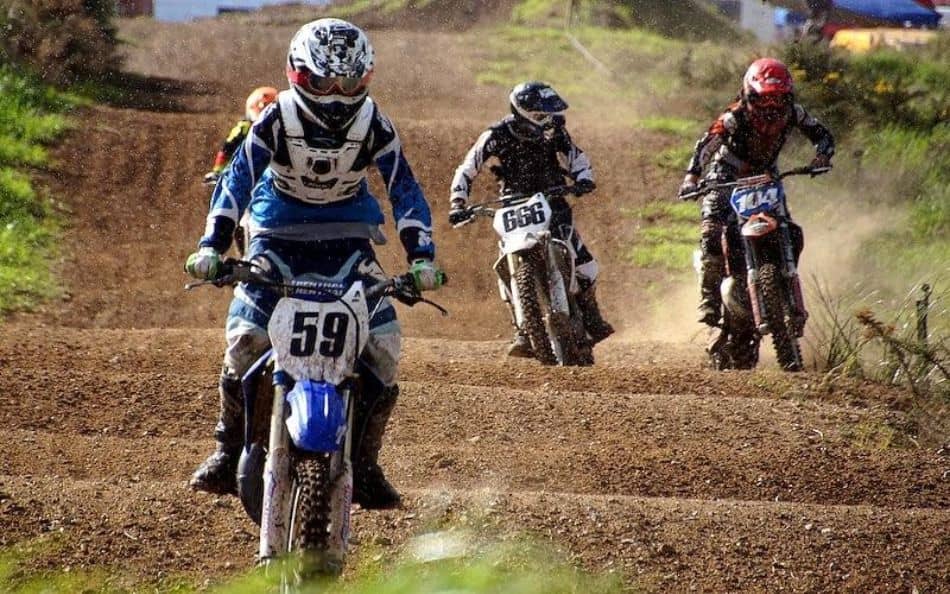
Read Also: Best Motorcycle Elbow Guards in 2023
A Beginner’s Guide to Dirt Bike Riding
1. The riding position
The rider’s position on the bike is the most obvious distinction between street and off-road riding. A street rider is typically observed centered on the motorcycle during turns or shifting weight from side to side. On the other hand, a motocross rider moves about the bike much more, occasionally stands up, shifts his weight forward in turns, and leans in the opposite direction of the turn.
For better control, dirt bikes have handlebars that differ substantially from those on the street or track motorbikes and a different position for the seat and footpegs. Therefore, a dirt bike’s riding position is fundamentally more dynamic than a street bike. A hard dirt bike session is far more exhausting on the rider than street riding.
2. The bike itself
The specifications for a dirt bike are different from those for street and track bikes, which must quickly reach very high top speeds. They require high levels of low-end torque and smooth revs. Since the top speed requirements are not particularly great, they are relatively short-geared. Their suspension and chassis are built to withstand blows that would quickly wreck a street bike.
They have strengthened foot pegs and higher ground clearance to allow users to stand while riding. They emphasize the chassis geometry, tires, and engine performance within a given range and focus less on streamlining.
3. Slower speeds, quick acceleration
While compared to tar, the traction available while dealing with dirt is significantly less. So it stands to reason that you can go at slower speeds on dirt. As a newbie to motocross, you should know that your overall speeds will be significantly lower on dirt than on a street or racetrack. Don’t strive to equal your track speeds on dirt.
However, you will accelerate quickly and aggressively in short bursts, far more than on the road or a racetrack. Additionally, you need to be extra careful when applying the throttle.
4. Use of brakes
The front brakes should almost always be applied first and strongly for the street. The rear brake is a lot more crucial when riding motocross. Applying the front brakes in a straight path on a dirt bike is still acceptable, but the rear brake serves as an additional steering wheel while turning.
The bike turns more tightly when the rear brake is applied, and the rear is moved outward. Motocross riders frequently employ this approach to carry much more speed into a turn and set better lap timings.
5. Weight distribution while turning
Motocross riders might be leaning forward into the tank as a corner appeared. They want the front tire to have traction and the back tire to slide so that it may turn in more forcefully. This method of riding is very dissimilar to street riding.
Therefore, A Motocross rider will sit on the peg, shift his weight to the tank, and apply the rear brake to cause a slide while frequently moving the front handlebars in the opposite lock to cause a controlled slide through a curve.
6. Riding the pegs
In contrast to street riding, which allows the rider to remain seated or slide across the seat and wear dirt bike riding gear, dirt riding necessitates standing up and spending considerable time riding the pegs. Using the leg joints as a suspension to deal with the uneven surface beneath works effectively for the rider’s balance and control.
The best way to absorb forces as the bike eventually falls on the surface is to ride the pegs and stand up as it takes off. When taking corners, The rider must stand up, nearly standing on the pegs.
7. Use of clutch
On-street bikes, sliding the clutch is typically not necessary. When you upshift, you briefly disengage the clutch; when you downshift, you might blip the throttle in addition to engaging the clutch. On the other hand, motocross bikes use the clutch heavily because the riders prefer to stay in the same gear and use the clutch to boost the revs, make the rear tire spin harder, and exit the corner while still in that gear.
8. Look ahead
Beginner motorcyclists often make the error of staring too far ahead of the motorcycle when they are dirt biking. It makes sense, given that there are simply too many pitfalls and inclinations to gaze toward the distance securely. But the brief remains essentially the same as it would be in public. You must look in the direction you want, somewhat far in the future.
To avoid those obstacles, you must examine the terrain well in advance and choose the course you want to take. If you focus on the nearer obstacles, object fixation will set in, and you’ll end up colliding with the exact thing you were trying to avoid. It is one of the dirt bike safety tips.
Conclusion
Even though mastering these dirt riding skills isn’t required unless you want to compete in dirt riding, they do greatly enhance your bike handling. Even if you don’t want to master these dirt riding methods, mastering the fundamentals of motocross riding techniques will still be useful if you venture off the paved road and find yourself on your own. We hope that you found this information to be helpful.
FAQ’s
Dirt bike riding refers to the recreational activity of riding off-road motorcycles designed for rough terrain. It typically takes place on unpaved surfaces such as dirt tracks, trails, or motocross circuits.
When choosing a dirt bike, consider your skill level, height, weight, and the type of riding you plan to do. It’s best to consult with experienced riders or visit a reputable dealer who can help you select a bike that suits your needs and abilities.
Yes, maintaining your dirt bike is crucial for optimal performance and safety. Some maintenance tips include regular oil changes, air filter cleaning/replacement, chain lubrication and adjustment, brake inspection, tire maintenance, and overall bike inspection for any loose or worn-out parts.

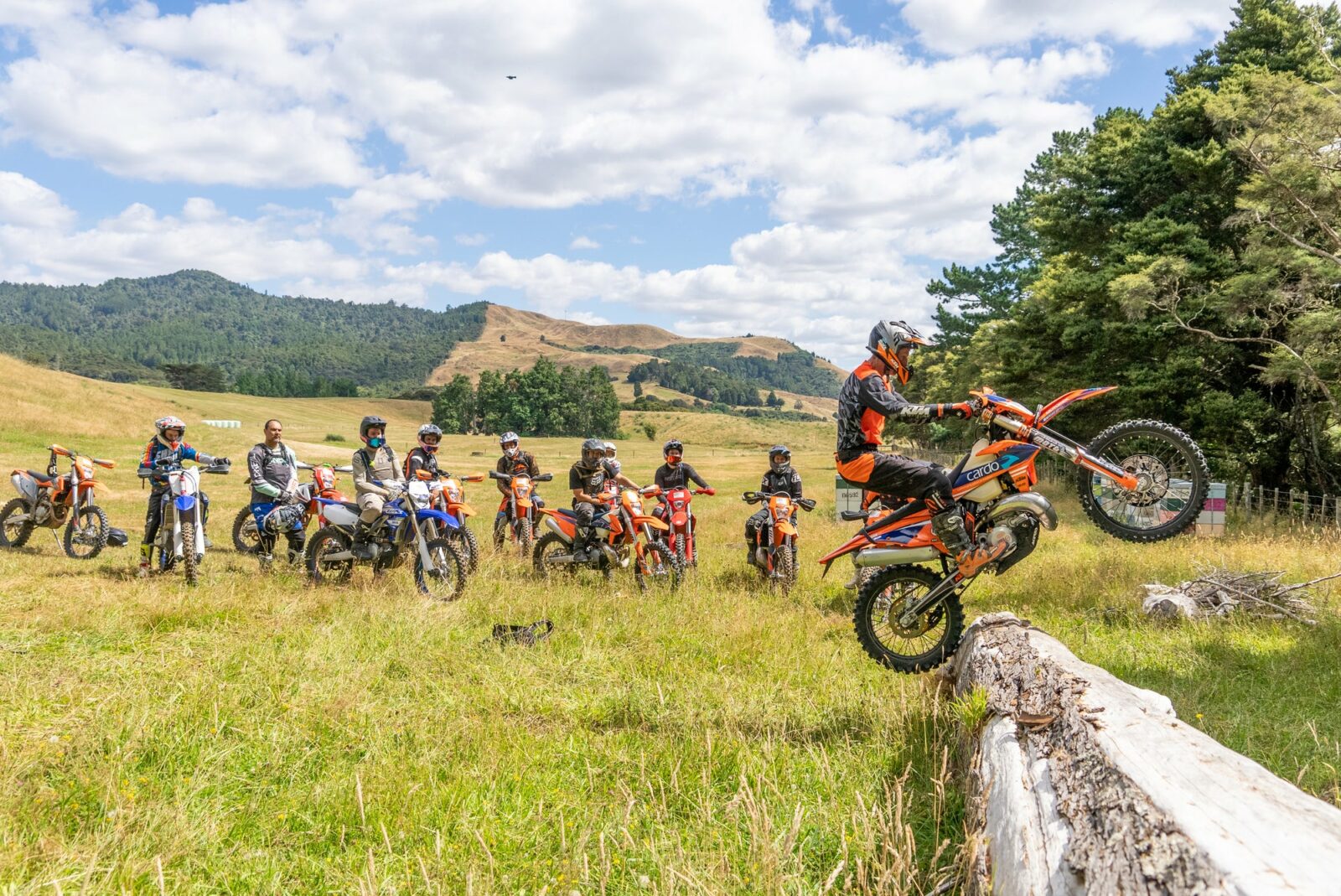


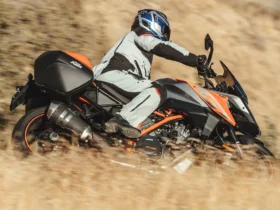
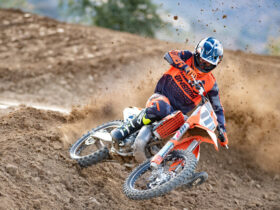
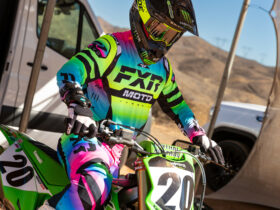
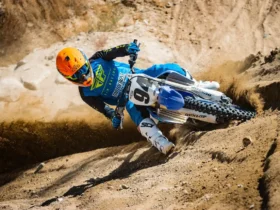
Leave a Review